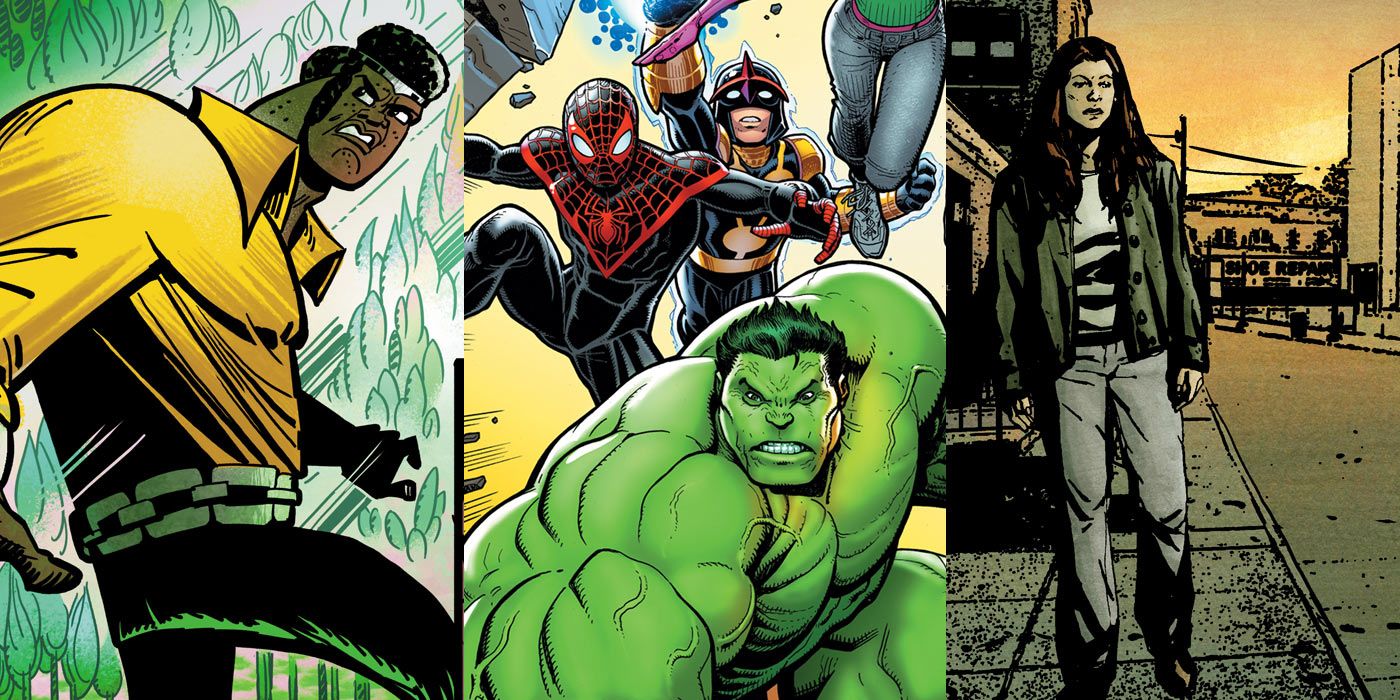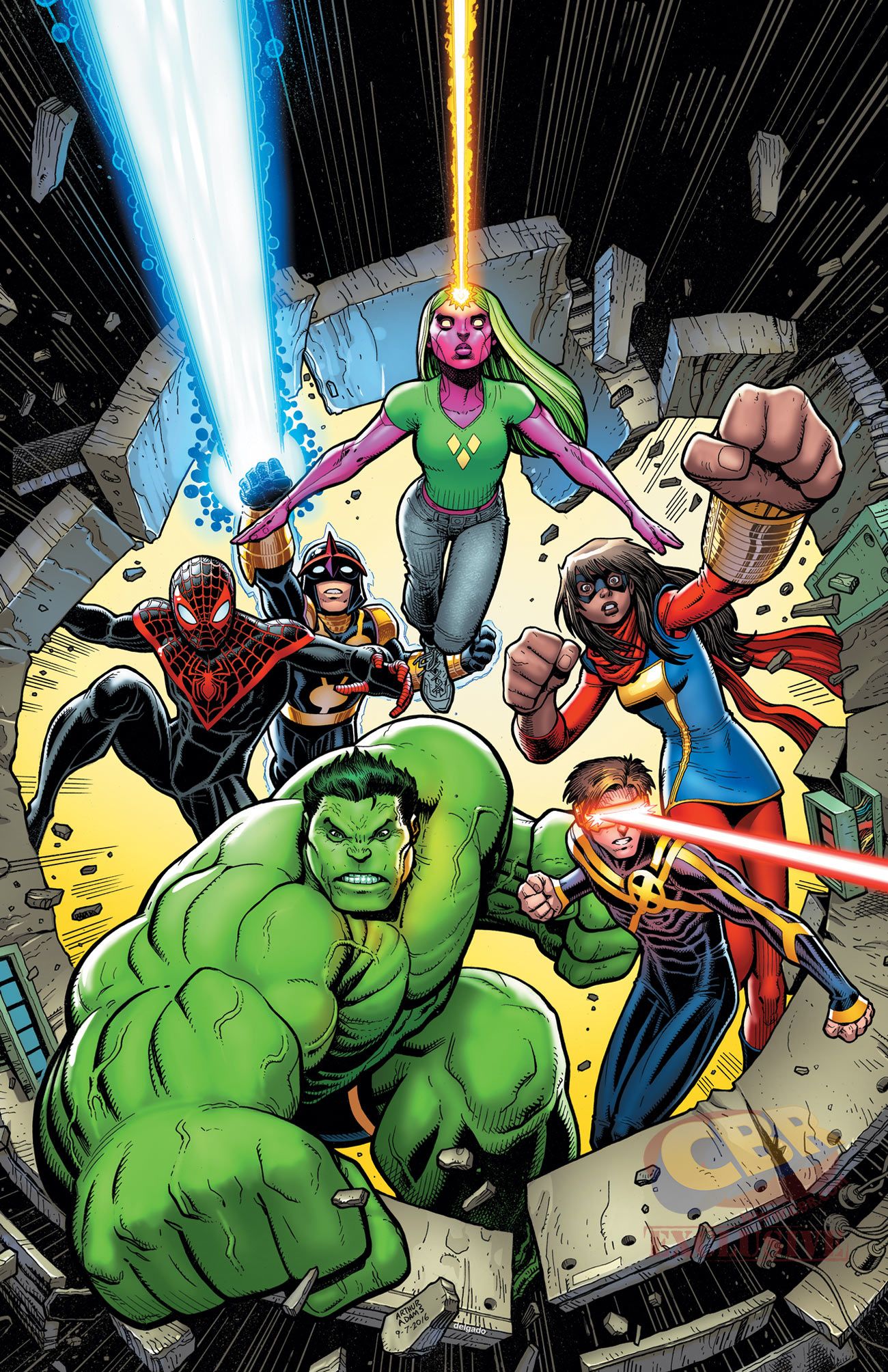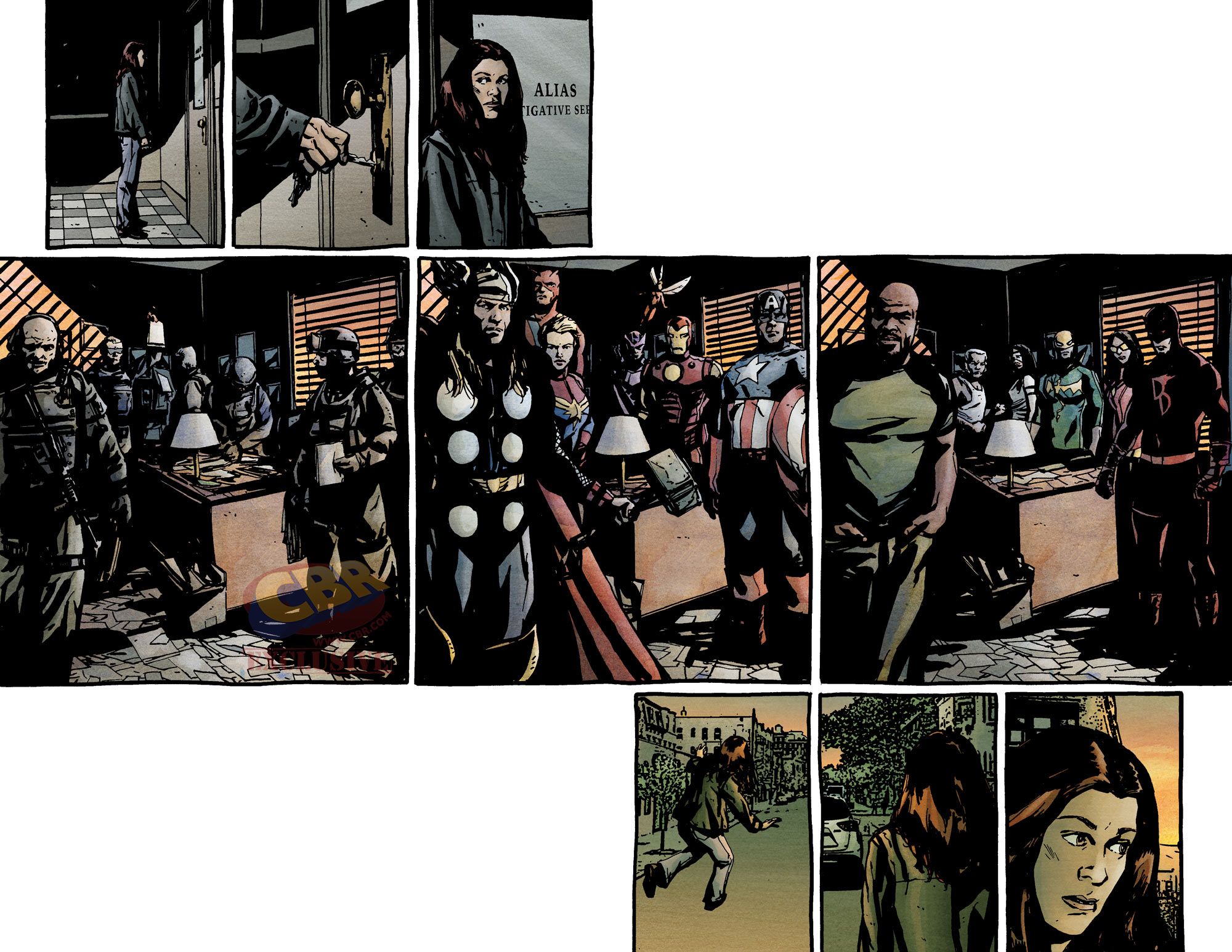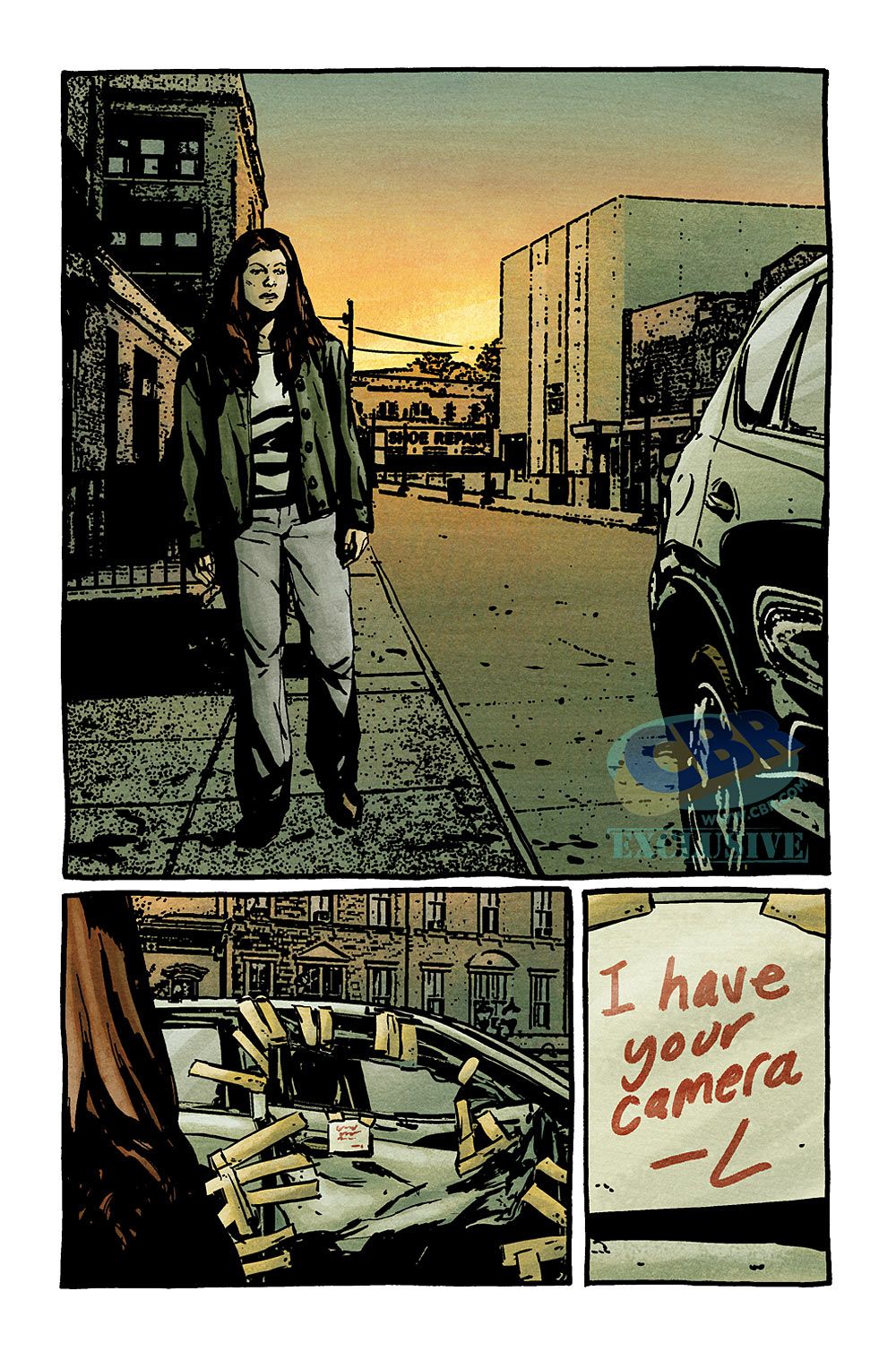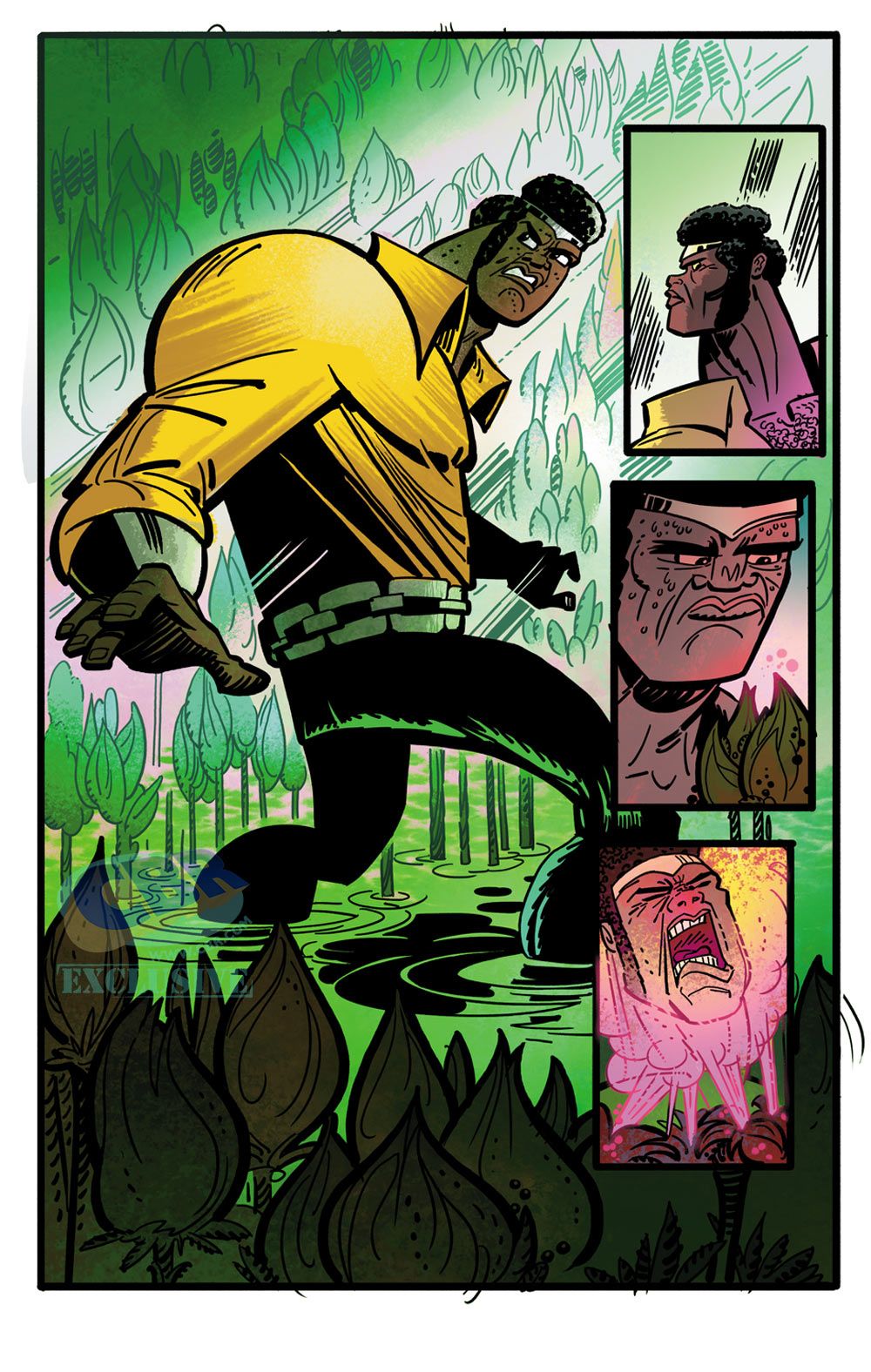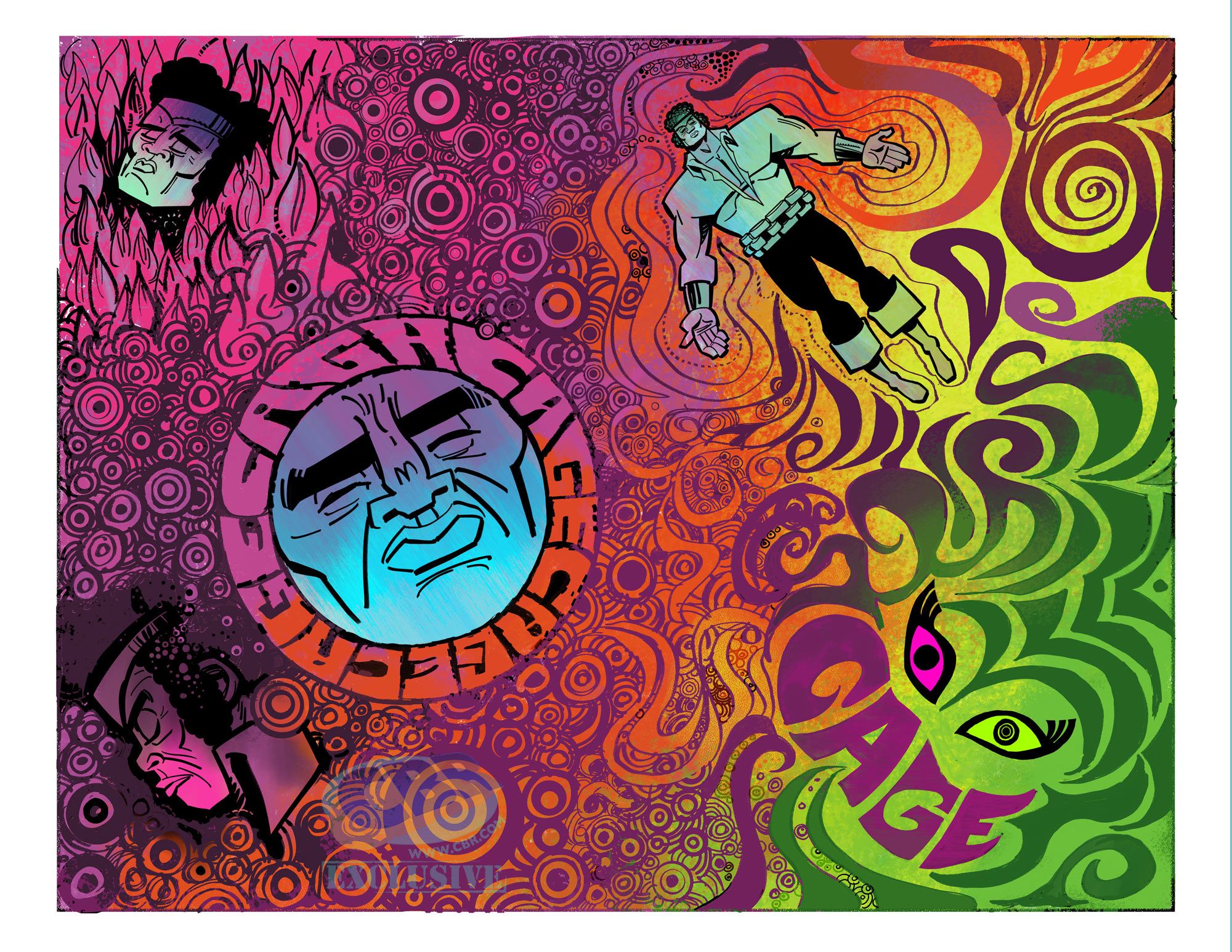For a while now, Marvel Comics Editor-in-Chief Axel Alonso has spoken of his desire to see comic books shift to more of a seasonal model, where instead of the old tradition of high-numbered series that ran indefinitely, publishing lines refreshed in full or in part on a regular basis; frequently with new #1s and/or new creative teams.
In the past few years, Marvel's commitment to this type of shift has been seen through a number of major publishing initiatives, and the most recent one has danwed this week: a new "Marvel NOW!" era (the name was also used for a similar move back in 2012), with many series seeing new arcs, series relaunches or creative shifts this fall. Starting this week and stretching into the next few months, these new series take place in the aftermath of the currently unfolding "Civil War II" event, though there are still several issues of that story left to go.
RELATED: Champions' Waid & Brevoort Launch A Marvel NOW! Movement
This week brings the launch of three new series, now in stores -- "Champions" by Mark Waid and Humberto Ramos, "Jessica Jones" by the reunited "Alias" team of Brian Michael Bendis and Michael Gaydos with David Mack on covers, and the long-delayed "Cage" miniseries from animation veteran Genndy Tartakovsky, which was originally announced back in 2007. Additionally, new arcs of Jason Aaron and Chris Bachalo's "Doctor Strange" #12 and Cullen Bunn and Iban Coello's "Deadpool and the Mercs for Money" started this week, with issues # and #4 respectively.
CBR spoke with Alonso about all of the above, plus an overlay of the new Marvel NOW! as a whole. Also, check out new art from "Jessica Jones" #2, "Cage" #2 and an Arthur Adams variant for "Champions" #3.
CBR News: Axel, with the new Marvel NOW! line launching this week, readers have now seen a few different line-wide refreshes during your time as editor-in-chief. When you look at these series launches and the new arcs starting this fall, what do you see as the statement being made by these books, in terms of something different than what fans have seen before?
Axel Alonso: The post-Civil War II era starts with "Champions." The mission statement of that team: young characters staking their own claim for the future of the Marvel Universe.
Reading "Champions" #1, it definitely feels like a new direction -- not just for these characters, but something that will shape the Marvel Universe as a whole going forward. In at least the short term, how much will we see this book affect things both directly and indirectly?
It certainly appears that generational conflict is in the air, right? Whether it results in fisticuffs or not remains to be seen. That said, these new characters -- how they coexist with the classic core characters -- is a meta-statement about the Marvel Universe that will express itself in subtle and not so subtle ways.
It's a book about a youth movement, but it's a veteran creative team -- a very high profile and acclaimed one -- on the series. What made Mark Waid and Humberto Ramos right for this book?
Mark was a part of the initial discussion that resulted in "Champions." This team is an outgrowth of the events in "Civil War II." So what you have here is a creator who was in the room, and made perfect sense to write this, and also to delineate the ripple effects for the Avengers team proper, as well. As for Humberto, we just thought this was the perfect collaborator for the book, the look that we wanted to have for a youth-based team. Mark and Humberto have enjoyed great chemistry working on young characters.
Dating back to "Impulse," of course -- and speaking of "Civil War II," there are still quite a few more issues left of the series, despite books like "Champions" taking place in its aftermath. Marvel is used to that position -- teasing certain things that happen in an event while not outright spoiling it. Is that something Marvel has down to a science at this point, handling that tricky timeline issue?
Most of our events are opt-in. If a creator sees a natural connection to the themes of the event, they can tie in. "Power Man and Iron Fist," for example: series writer David Walker really saw an opportunity to tell a story that took place in the whirlwind of "Civil War II" but also would not be jarring to people who are reading the series every month. Conversely, Ta-Nehisi Coates has a year-long story in "Black Panther," and it made absolutely no sense for him to go off on a detour. Really, what we're about is trying to tell fun stories, without disrupting the works in progress, unless the creators feel they really see a benefit to doing this.
Another series starting this week is "Jessica Jones," with the "Alias" team back together -- Brian Michael Bendis writing, Michael Gaydos drawing and David Mack on covers. As an early MAX title, that book had a huge impact on Marvel at the time, and that impact is still seen, clearly. What does it mean to you -- as someone who was at Marvel when the original series started -- to have those creators back together, working on "Jessica Jones" for the first time in more than a decade?
It's fantastic. I was there when the first pages were coming in. "Alias" was one of the titles launching the MAX line and it was edgy and controversial, to put it mildly. Who’d have thought some 13 or 14 years later we'd be looking at a television show?
It's fascinating to see where the character has gone. And reading "Jessica Jones" #1, it's notable how far the content is pushed, especially in language -- it feels like it lives up to the legacy of the original, mature readers series. How much freedom have Bendis and Gaydos been given for this book's content?
We are well aware what made this book special in the first place and we want to make sure that the creators are able to keep that mojo going. There's no point in publishing something that doesn't look and feel like the original. And this series does.
Another new series now out is Genndy Tartakovsky's "Cage," nearly a decade after it was announced. It really seemed like this would be one of those mythical comics projects lost to the age -- what came together to make it a reality?
Schedules lined up and the Netflix show about to drop, we were extra-motivated. Fantastic book. Genndy is a genius. I spent many an hour with my son when he was a little boy, watching "Sym-Bionic Titan." Downloaded them all on iTunes, and watched them over and over again. I'm real thrilled to see him doing something with Cage. And it's great seeing Cage back in the disco shirt and tiara.
That's the interesting thing about it -- it's a deliberately retro take on Cage, which is different than the Cage we've seen in comics in the past 10 years, and on the Netflix show as well. How do you think this take on Cage fits in now for a reader who's encountering it for the first time?
Cage is very much a product of the blaxploitation era of cinema. To go back and take a look at those roots -- the fact that this is a character steeped in that cinematic tradition, came of age in the '70s -- I think you don't need to be old enough to remember the '70s to enjoy the vibe. Little touches, like the page that echoes the Spalding ad with Dr. J and Rick Barry, make it sing.
A new "Doctor Strange" arc starts this week, which is the story that's going to be released while the Marvel Studios film is released this November. The arc brings back Baron Mordo, who is a major part of the movie -- which obviously isn't a coincidence. Is this another situation readers are familiar with by now -- Marvel's making things recognizable to people coming in, but telling a story that's specific to comics?
That's the goal. Whenever there's a movie, we pay a little bit of attention to what's going on there, and do our best to provide a nice landing pad for new readers. But we are never in lockstep with the movies. Having seen the film, I will say this is a very, very different experience. For one thing, Jason [Aaron] and Chris [Bachalo] are bringing back a huge number of Strange’s rogues for this arc. Baron Mordo in issue #12 just happens to be the first. Future issues will see the return of Dormammu, Nightmare, Satana and Master Pandemonium. To name a few.
On a similar note, in "Deadpool and the Mercs for Money," we see a new team featuring Negasonic Teenage Warhead, which naturally has to be due to the character's role in the "Deadpool" movie.
Probably, yes! [Laughs] We're synergistic.
Is it fair to call "Deadpool and the Mercs for Money" an unexpected hit for Marvel -- based on the life it's taken, starting out as a spinoff of the ongoing that was originally a miniseries, but now is moving forward with a new cast?
At this point, I don't know if we're ever that surprised when something Deadpool-related connects with fans. That's a character who's been on a roll for a while. Gerry Duggan, Mike Hawthorne and crew are hitting on all cylinders. The new cast and the mercs spinning out into their own books -- Solo, Slapstick, Foolkiller -- offer a unique flavor to the type of humorous ultra-violent stories that Deadpool practically has a patent on. We are curious to see how fans respond to each of them.
Keep reading CBR for the latest from Marvel NOW! and New York Comic Con!

